-
 Bitcoin
Bitcoin $115700
0.65% -
 Ethereum
Ethereum $3785
3.93% -
 XRP
XRP $3.033
1.78% -
 Tether USDt
Tether USDt $1.000
0.04% -
 BNB
BNB $770.7
0.50% -
 Solana
Solana $168.4
0.56% -
 USDC
USDC $1.000
0.02% -
 TRON
TRON $0.3403
1.83% -
 Dogecoin
Dogecoin $0.2113
3.84% -
 Cardano
Cardano $0.7539
2.34% -
 Hyperliquid
Hyperliquid $38.84
1.28% -
 Sui
Sui $3.700
6.88% -
 Stellar
Stellar $0.4069
2.56% -
 Chainlink
Chainlink $17.80
6.93% -
 Bitcoin Cash
Bitcoin Cash $573.5
0.73% -
 Hedera
Hedera $0.2478
1.24% -
 Ethena USDe
Ethena USDe $1.001
0.00% -
 Avalanche
Avalanche $22.42
1.58% -
 Litecoin
Litecoin $120.6
2.58% -
 UNUS SED LEO
UNUS SED LEO $8.962
-0.29% -
 Toncoin
Toncoin $3.296
2.09% -
 Shiba Inu
Shiba Inu $0.00001251
1.77% -
 Uniswap
Uniswap $9.982
3.75% -
 Polkadot
Polkadot $3.710
1.55% -
 Dai
Dai $1.000
0.00% -
 Bitget Token
Bitget Token $4.425
1.98% -
 Monero
Monero $265.2
-7.14% -
 Cronos
Cronos $0.1472
2.44% -
 Pepe
Pepe $0.00001073
2.66% -
 Aave
Aave $270.9
4.17%
What does RSI breaking through 70 mean? Is the indicator falling back from a high level a sell signal?
RSI above 70 signals overbought conditions; a fall from this level may suggest a sell, but confirm with other indicators to avoid false signals.
May 28, 2025 at 02:42 pm
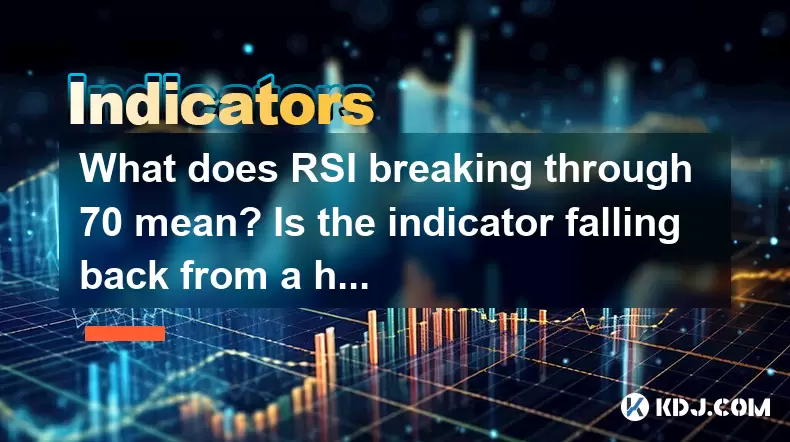
Understanding RSI and Its Significance
The Relative Strength Index (RSI) is a momentum oscillator used in technical analysis to measure the speed and change of price movements. It oscillates between 0 and 100 and is typically used to identify overbought or oversold conditions in a market. An RSI value above 70 indicates that an asset may be overbought, suggesting that a price correction or reversal might be imminent. Conversely, an RSI below 30 suggests that an asset may be oversold, indicating a potential upward price movement.
RSI Breaking Through 70: What It Means
When the RSI breaks through the 70 level, it signals that the asset has entered an overbought state. This does not necessarily mean that a price reversal will occur immediately, but it does indicate that the buying pressure has been strong enough to push the RSI into this territory. Traders often view this as a warning sign that a price correction could be on the horizon. It's important to consider other technical indicators and market conditions before making any trading decisions based solely on the RSI breaking through 70.
The Indicator Falling Back from a High Level: Is It a Sell Signal?
When the RSI falls back from a high level, particularly after breaking through 70, it can be interpreted as a potential sell signal. A decline from an overbought state suggests that the buying pressure is diminishing, and selling pressure might be increasing. However, this should not be taken as a definitive sell signal without further analysis. Traders should look for confirmation from other indicators, such as moving averages, volume, and price action, to validate the sell signal.
Combining RSI with Other Indicators for Better Decision Making
Using the RSI in isolation can lead to false signals. Therefore, it's beneficial to combine it with other technical indicators to enhance the accuracy of trading decisions. For instance, if the RSI falls back from above 70 and the price breaks below a key support level, this could strengthen the case for a sell signal. Additionally, if the volume increases as the RSI falls, it might indicate stronger selling pressure, further supporting the decision to sell.
Practical Application: How to Use RSI in Trading
To effectively use the RSI in your trading strategy, follow these steps:
- Identify the RSI Setting: Most trading platforms set the RSI period to 14, but you can adjust this based on your trading style. Shorter periods (e.g., 9) are more sensitive to price changes, while longer periods (e.g., 25) are less sensitive.
- Monitor the RSI Level: Keep an eye on the RSI value. When it breaks through 70, mark it as a potential overbought condition.
- Watch for Divergence: Look for divergences between the RSI and price action. If the price makes a new high but the RSI fails to make a new high, this bearish divergence could signal a potential reversal.
- Confirm with Other Indicators: Use other indicators like moving averages, MACD, or Bollinger Bands to confirm the signals provided by the RSI.
- Execute Trades: If the RSI falls back from above 70 and other indicators confirm a sell signal, consider executing a sell order. Always use stop-loss orders to manage risk.
Case Studies: RSI in Action
Let's examine a couple of case studies to see how the RSI can be used in real-world trading scenarios.
Case Study 1: Bitcoin (BTC) in a Bull Market: Suppose Bitcoin's price has been rising steadily, and the RSI breaks through 70. A trader notices this and waits for the RSI to fall back below 70. As the RSI falls, the price of Bitcoin also starts to decline, breaking below a key support level. The trader decides to sell, as the combination of the RSI falling from above 70 and the price breaking support confirms the sell signal.
Case Study 2: Ethereum (ETH) in a Sideways Market: Ethereum's price is moving sideways, but the RSI breaks through 70. The trader observes the RSI and sees it falling back below 70. However, the price of Ethereum does not break any significant support levels. In this case, the trader might decide to wait for further confirmation from other indicators before selling, as the RSI signal alone is not strong enough in a sideways market.
Limitations and Considerations
While the RSI is a powerful tool, it has its limitations. False signals can occur, especially in strong trending markets. For instance, in a strong bull market, the RSI might remain above 70 for extended periods, leading to premature sell signals. Similarly, in a strong bear market, the RSI might stay below 30, causing false buy signals. Therefore, it's crucial to use the RSI in conjunction with other tools and to understand the overall market context.
Frequently Asked Questions
Q: Can the RSI be used for all cryptocurrencies, or is it more effective for certain types?
A: The RSI can be applied to any cryptocurrency, but its effectiveness can vary depending on the market's volatility and liquidity. For highly volatile cryptocurrencies, the RSI might generate more false signals, so it's important to adjust the period and use other indicators to confirm signals.
Q: How often should I check the RSI to make trading decisions?
A: The frequency of checking the RSI depends on your trading style. For day traders, checking the RSI multiple times a day might be necessary, while swing traders might check it less frequently, such as daily or weekly. It's important to align your RSI checks with your overall trading strategy.
Q: Is there a specific RSI period that works best for cryptocurrency trading?
A: The standard RSI period of 14 days is commonly used, but traders often experiment with different periods to suit their trading style. For cryptocurrencies, shorter periods like 9 or 10 days might be more suitable due to the high volatility, but it's crucial to backtest different settings to find what works best for your strategy.
Q: Can the RSI be used to predict long-term trends in cryptocurrencies?
A: The RSI is primarily a short-term momentum indicator and is less effective for predicting long-term trends. For long-term analysis, it's better to use other indicators like moving averages or trend lines, although the RSI can still be used in conjunction with these tools to identify potential entry and exit points within a long-term trend.
Disclaimer:info@kdj.com
The information provided is not trading advice. kdj.com does not assume any responsibility for any investments made based on the information provided in this article. Cryptocurrencies are highly volatile and it is highly recommended that you invest with caution after thorough research!
If you believe that the content used on this website infringes your copyright, please contact us immediately (info@kdj.com) and we will delete it promptly.
- Bitcoin's Wild Ride: Bollinger Bands, $117K, and What's Next?
- 2025-08-08 00:30:12
- Ripple, Rail, and Stablecoin Payments: A $200M Power Play
- 2025-08-07 22:50:12
- Punisher Coin Presale: The Next $Trump? Aiming for 100x Gains!
- 2025-08-07 22:50:12
- Riding the Crypto Wave: Presale Cryptos, Cold Wallets, and the BTC Bull Run
- 2025-08-07 23:10:12
- Crypto's Wild Ride: Punisher Coin, Popcat, and the Meme Coin Mania
- 2025-08-07 23:10:12
- Bitcoin Price, XRP Prediction, Cryptocurrency: Navigating the Wild West of Digital Assets
- 2025-08-07 23:15:12
Related knowledge
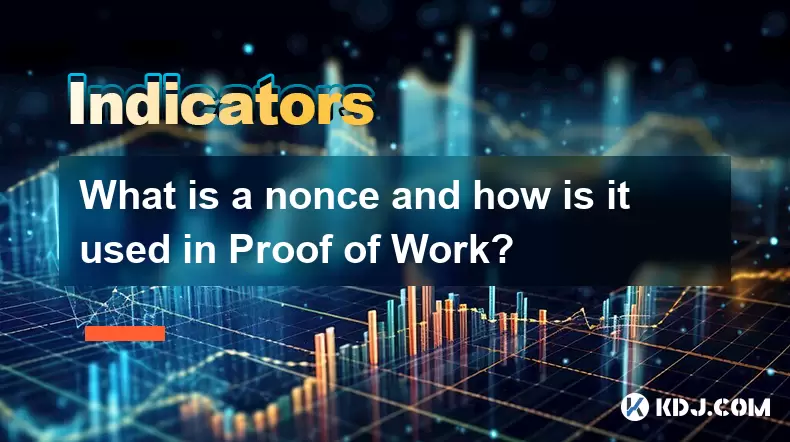
What is a nonce and how is it used in Proof of Work?
Aug 04,2025 at 11:50pm
Understanding the Concept of a Nonce in CryptographyA nonce is a number used only once in cryptographic communication. The term 'nonce' is derived fro...
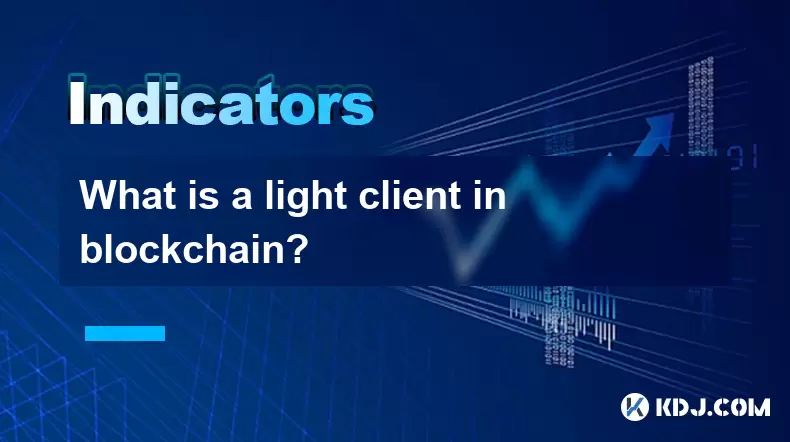
What is a light client in blockchain?
Aug 03,2025 at 10:21am
Understanding the Role of a Light Client in Blockchain NetworksA light client in blockchain refers to a type of node that interacts with the blockchai...

Is it possible to alter or remove data from a blockchain?
Aug 02,2025 at 03:42pm
Understanding the Immutable Nature of BlockchainBlockchain technology is fundamentally designed to ensure data integrity and transparency through its ...
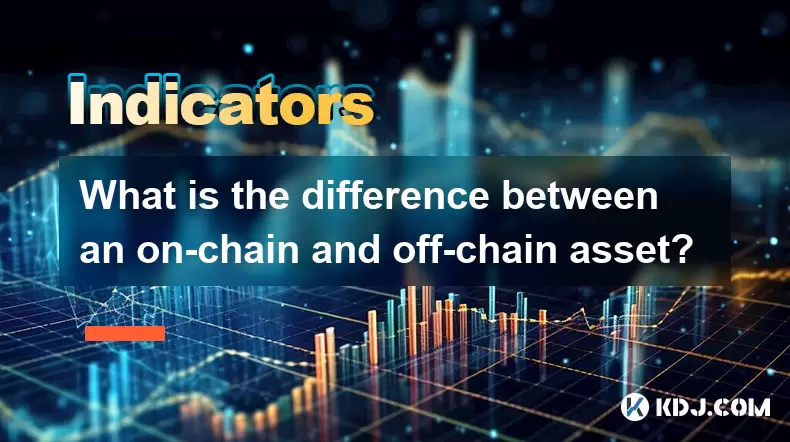
What is the difference between an on-chain and off-chain asset?
Aug 06,2025 at 01:42am
Understanding On-Chain AssetsOn-chain assets are digital assets that exist directly on a blockchain network. These assets are recorded, verified, and ...
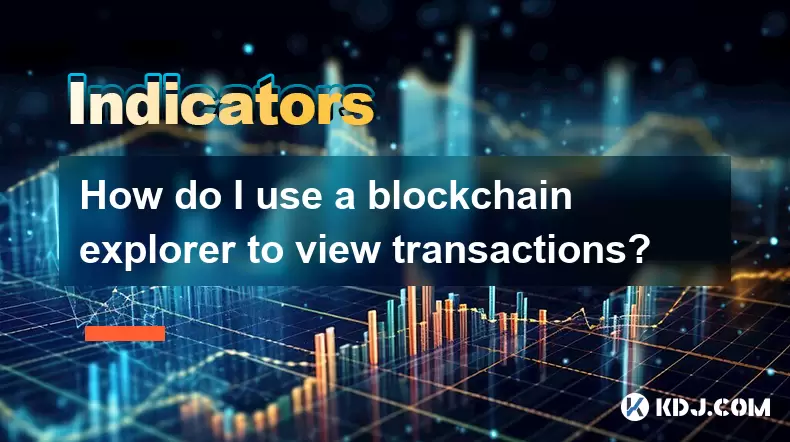
How do I use a blockchain explorer to view transactions?
Aug 02,2025 at 10:01pm
Understanding What a Blockchain Explorer IsA blockchain explorer is a web-based tool that allows users to view all transactions recorded on a blockcha...
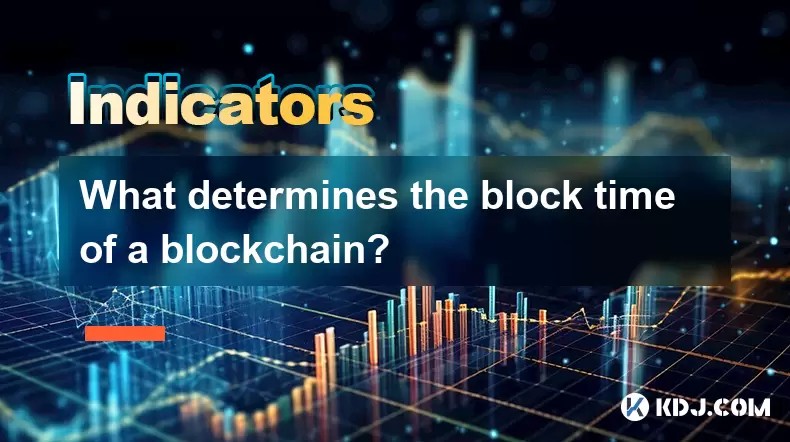
What determines the block time of a blockchain?
Aug 03,2025 at 07:01pm
Understanding Block Time in Blockchain NetworksBlock time refers to the average duration it takes for a new block to be added to a blockchain. This in...

What is a nonce and how is it used in Proof of Work?
Aug 04,2025 at 11:50pm
Understanding the Concept of a Nonce in CryptographyA nonce is a number used only once in cryptographic communication. The term 'nonce' is derived fro...

What is a light client in blockchain?
Aug 03,2025 at 10:21am
Understanding the Role of a Light Client in Blockchain NetworksA light client in blockchain refers to a type of node that interacts with the blockchai...

Is it possible to alter or remove data from a blockchain?
Aug 02,2025 at 03:42pm
Understanding the Immutable Nature of BlockchainBlockchain technology is fundamentally designed to ensure data integrity and transparency through its ...

What is the difference between an on-chain and off-chain asset?
Aug 06,2025 at 01:42am
Understanding On-Chain AssetsOn-chain assets are digital assets that exist directly on a blockchain network. These assets are recorded, verified, and ...

How do I use a blockchain explorer to view transactions?
Aug 02,2025 at 10:01pm
Understanding What a Blockchain Explorer IsA blockchain explorer is a web-based tool that allows users to view all transactions recorded on a blockcha...

What determines the block time of a blockchain?
Aug 03,2025 at 07:01pm
Understanding Block Time in Blockchain NetworksBlock time refers to the average duration it takes for a new block to be added to a blockchain. This in...
See all articles

























































































